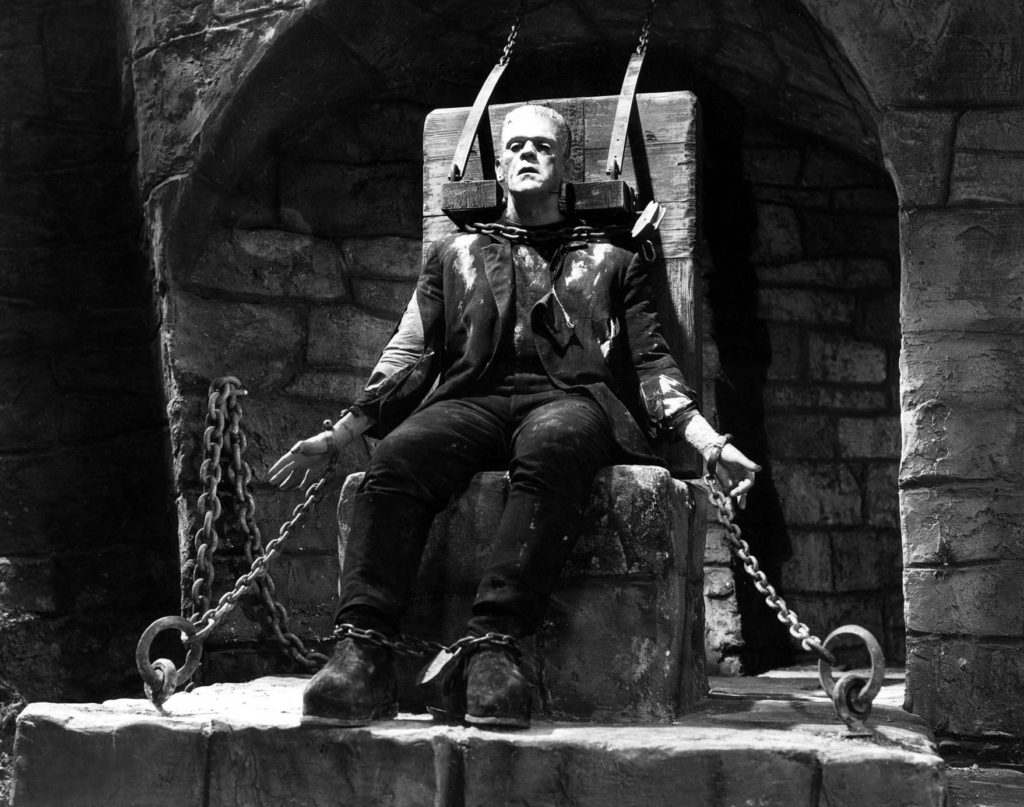The Milgram experiment is one of the most widely known unethical experiments of psychology, a prank that laid bare the human soul. In 1961, the twenty-seven-year old Stanley Milgram, assistant professor at Yale, decided to study people’s obedience to authority.
Only a few years had gone by since the heinous Nazi crimes and the world was trying to explain the behavior of the mere soldiers and officers of the SS who had massacred millions of civilians.
Before the Milgram experiment was conducted, the most likely reason behind the Nazi horror was the Teutonic upbringing and the oppressed –mainly sexually– childhood of the Germans
But Milgram was a social psychologist and held the view that this kind of obedience – that leads to crime – could not be simply explained by an individual’s disposition, but also the suppressive environment.
And he proved this with his prank.
~~{}~~
The subjects of the experiment were volunteers, mainly students. They were asked to participate in an experiment related to memory and would receive a fee for their participation. Milgram divided the students into pairs and, after a fixed draw, one was given the role of the student and the other the role of the teacher.
The puzzled “student” was strapped into an electric chair.Then he was given ten pairs of words.
At the same time, the “teacher” was standing in front of a console with ten buttons with the indications: 15 Volt, 30Volt, 50 Volt, etc. The last button read: 450 Volts. Caution! Danger!
The researcher stood behind the “teacher”. (In present form now to become part of the scene)
~
“You will read the first word from each pair to the student. If his answer is wrong, you will push the first button and he will be administered a shock of 15 Volt. For every wrong answer, you will push the next button” says the researcher and the teacher feels lucky for the result of the draw.
The experiment begins. The “teacher” reads the words into the microphone. The already scared “student” gives the right answers but not for long.
When he makes the first mistake, the “teacher” turns around and gives a look to the experimenter. He tells him to proceed to administer the first shock. The “teacher” obediently does so.
Fifteen Volts is not much, but the “student” has already changed his mind. Nevertheless, he answers correctly to one more question but when he makes another mistake, he is administered the 30 Volts shock.
“Let me go” says the “student” who is unable to free himself. “I don’t want to take part in this anymore”.
The “teacher” gives another look to the researcher who motions him to carry on.
~~{}~~
The volts are increased and now the pain is clearly etched on the “student’s” face who implores to be set free.
When he receives the 200-volt shock, his whole body trembles. Before each shock, the “teacher” turns around and looks the researcher. With an unfaltering voice, he tells him that the experiment must go on.
The “teacher” keeps torturing an unknown man who is only a student, crying and asking God for help. He is unable to answer, but the researcher tells the “teacher”:
“We take silence as an incorrect answer, therefore he must be punished”.
When the “student” receives the 345-Volts shock, his whole body shakes violently and falls unconscious.
The “teacher”, drenched in sweat and with shaky hands, stares the researcher.
“Don’t worry” he says, “everything is under control…keep going with the last button”.
“But he is unconscious” says the “teacher”.
“It doesn’t matter. The experiment must be completed. Keep going with the last button”.
~~{}~~
How many of the volunteers reached the last button? Before Milgram launched his experiment, he did a survey where he asked the psychiatrists and the psychologists what percentage of the students they believed would reach until the last button.
They answered almost unanimously that no-one would, excluding perhaps some individuals with obscure sadistic tendencies, clearly pathological.
Unfortunately, they were wrong.
Only 5% of the “teachers” refused right from the start to participate in such an experiment and walked out – usually cursing the researcher.
The rest 95% went too far with the experiment, more than 150 Volts.
And 65%…reached until the last button, the potentially deadly 450 Volts!
~~{}~~
Where is the prank in all this?
The “student” was no student but an actor, hired by Milgram precisely for this “role”.
There was no electricity, or electroshocks. The actor was just pretending.
The only subject was the “teacher”. But the results were real: most of the people will obey and torture – even kill – a man they don’t even know, provided that they take orders from a prestigious man (in this case a scientist) while they feel they are not to blame for whatever may happen; after all, they were just following orders.
~~{}~~
Naturally, most of us will think when we learn about this experiment: “I would never reach the last button”.
But take a look around what happens in our society, every single day.
The clerk that does not object to cutting off the electricity of an unemployed or a destitute man, is completely aware that this is demeaning and that he is putting his fellow citizens through constant torture and probably their life in danger; that clerk belongs to the 65% that did reach the last button. He is a far cry from being a crypto-sadist; he just follows orders.
The clerk of a super market that sells rotten fish while reassuring you they are fresh (I speak of my own experience, as a customer) doesn’t hate you, even though he knows you might get food poisoning. He just follows orders.
The policeman that sprays the protesters with chemicals is not a crypto-sadist; he is just doing his job.
The taxman or a bank clerk that signs the foreclosure of a house because the owner is in debt for 1,000€ would go as far as the last button, because they obey.
The politicians that sign a memorandum which leads an entire nation to impoverishment dictated by neoliberalism, they, too, would reach the stage of the final button. And they obey to orders coming from much more powerful people compared to a scientist with a lab coat.
~~{}~~
But if we approach the Milgram experiment from a human/ethical angle (which means the 5% that refused to obey), we will figure out that no-one is blameless.
If you are ordered to do something that causes harm to somebody else, a citizen, an immigrant, anybody (or an animal but this one complicates things since we keep eating meat), you have to disobey. Even if it means that you won’t get the productivity bonus, or be promoted or re-elected, or that you will lose your job.
Only when we are ready to turn down “minor” and daily orders that cause violence – with which most of us comply unconsciously – only when we learn to behave as self-governing individuals and not as employees who are not to blame, only then will we be able to go up against the fury of neoliberalism that wants us to be subhumans, obedient and submissive.
~~{}~~
One last remark:
Milgram revealed the goal of the experiment to the subjects. They learned that the “student” was in fact an actor and no electroshock was ever administered.
Milgram did this to alleviate their pangs of guilt, but he achieved exactly the opposite.
These people, especially the 65% that reached the last button, spent the rest of their life haunted by the Furies for their deed; because they realized that they were not as innocent and as “good” as they thought they were.
(If you want to learn more about the Milgram experiment, you should read Lauren Slater’s magnificent book Opening Skinner’s Box.
~~~~~~~~~~~~~~~~
Sanejoker’s Facebook page:
https://www.facebook.com/sanejoker/
Translated by Alexandros Mantas
https://open.spotify.com/track/1jXYZ1mq7i1ICYyGRpdFuv?si=b84e60d9ebc94adc
Special thanks to Debbie Mal for her astute remarks









